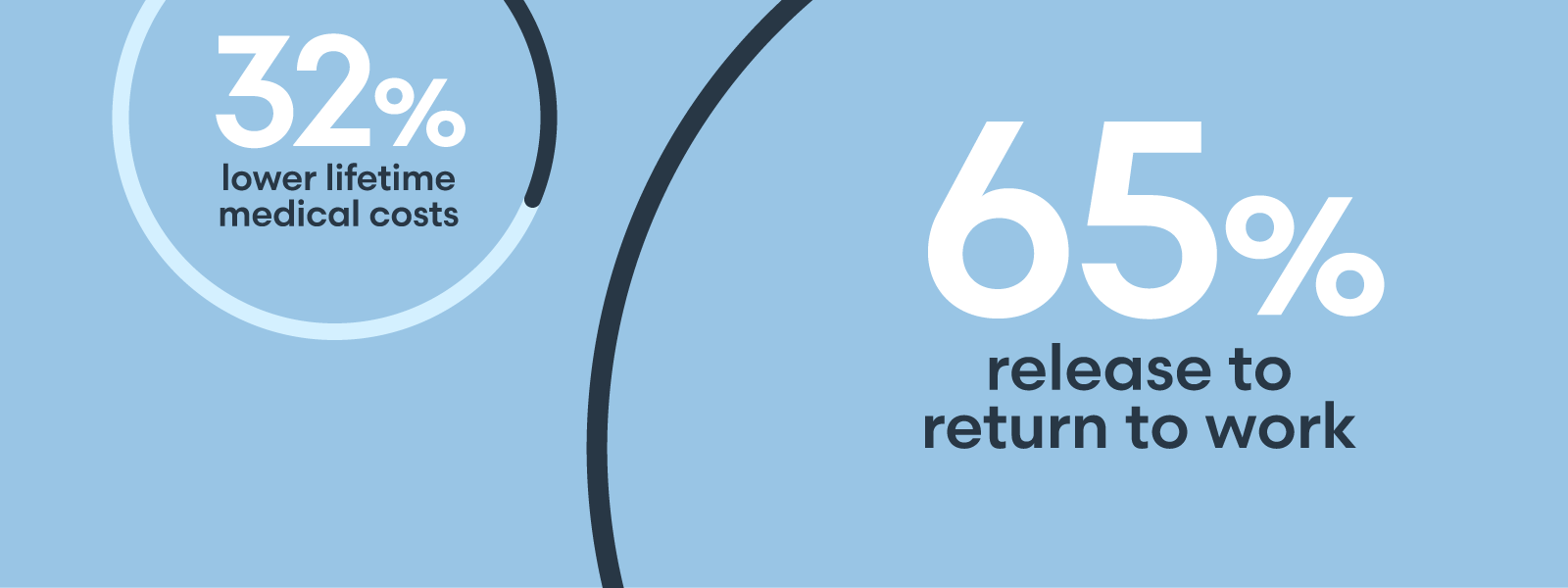

The presence of water where it doesn't belong poses a risk of major property damage. Whether in the form of liquid or ice, water in the wrong or unexpected places can cause serious disruption and financial loss to property owners and tenants. With sophisticated but simple-to-deploy technology, however, it's possible to avoid costly property claims. Andrew Shockey is assistant vice president at Philadelphia Insurance Companies. Thomas Smart is operations manager at Philadelphia Insurance Companies.
Recent advances in technology have enabled Philadelphia Insurance Companies to offer its customers wireless sensors that they can place in locations subject to adverse temperatures and water risk. Called PHLYSense, these sensors detect the presence of water that could lead to property damage and business interruption. The technology, which is available at no cost to policyholders and fits in a device only a few inches wide — about the size of an earpod case — uses cellular networks to transmit alerts through text, email or telephone calls to a predetermined set of contacts. A support center, staffed 24 hours a day, seven days a week, monitors the sensor signals. Once an alert is triggered, policyholders can take action to mitigate damage with the support of their insurer.
Timely alerts and interventions can prevent an inconvenient leak or accumulation of water from becoming a much larger — and more expensive — problem. Philadelphia policyholders have already discovered the advantages of using sensors to avert big claims. For example:
For more information, please visit: www.phly.com. 
The information and suggestions presented by Philadelphia Indemnity Insurance Company is for your consideration in your loss of prevention efforts. They are not intended to be complete or definitive in identifying all hazards associated with your business, preventing workplace accidents, or complying with any safety related, or other laws or regulations. You are encouraged to alter them to fit the specific hazards of your business and to have your legal counsel review all of your plans and company policies.
Lorem ipsum dolor sit amet, consectetur adipisicing elit, sed do eiusmod tempor incididunt ut labore et dolore magna aliqua. Ut enim ad minim veniam, quis nostrud exercitation ullamco laboris nisi ut.
Lorem ipsum dolor sit amet, consectetur adipisicing, sed do eiusmod tempor incididunt ut labore et dolore magna aliqua. Ut enim ad minim veniam, quis nostrud exercitation ullamco laboris nisi ut. Ut ad minim veniam.
Vestibulum ante ipsum primis in faucibus orci luctus etel ultrices posuere cubilia Curae.
Lorem ipsum dolor sit amet, consectetur adipisicing elit, sed do eiusmod tempor incididunt ut labore et dolore magna aliqua. Ut enim ad minim veniam, quis nostrud exercitation ullamco laboris nisi ut.
Sed ut perspiciatis unde omnis iste natus error sit voluptatem!
Nemo enim ipsam voluptatem quia voluptas sit odit aut fugit!
Ut enim ad minima veniam, quis nostrum exercitationem ullam!

"Et harum quidem rerum facilis est et expedita distinctio!"

"Nam libero tempore, cum soluta nobis est eligendi."

"Temporibus autem quibusdam et aut officiis debitis!"